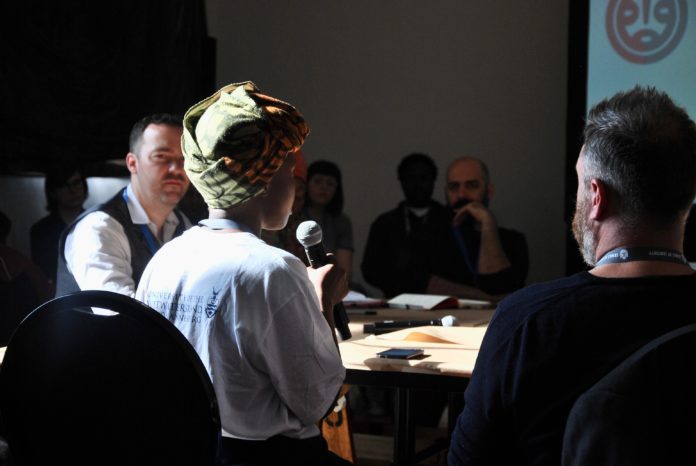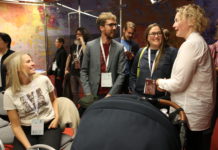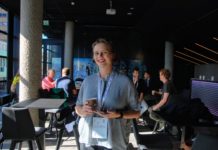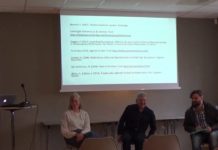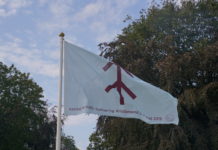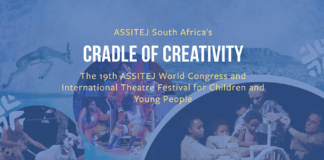A theme that has surfaced repeatedly over the past two days is intercultural exchange and diversity. The Cradle of Creativity is, in itself, a tremendous forum of exchange. As such, being able to reflect on interculturalism and diversity during the ITYARN (International Theatre for Young Audiences Research Network) conference feels like an especially prudent and worthwhile endeavour.


One panelist, Paulo Merisio, stresses the importance of teaching Children from a young age about intercultural exchange, incorporating different languages and opinions, and confronting issues, which he believes can be easily done through poetry and humour in Theatre for Young People.
In 2008 I came to the first ever ASSITEJ in Venezuela. There were South Americans, Spanish and Scandinavian people there and we were participating in a workshop about taboos. We realised that all of our taboos were different depending on which country we were from. Since then, i’ve been coming to the congress every year and it acts as a place to think about my research and productions and to reflect on them. It is important for me to hear different perspectives and see similarities and differences. It always changes yourself as a person, and that changes my art.
– Paulo Merisio

Aglaia Pusch, another speaker, discusses the intercultural exchange between Paideia Theatre in Sao Paulo, Brazil and Grips Theatre in Berlin, Germany. Her plays explore sharing the livelihoods and realities in Brazil to children in Germany and vice versa. Aglaia Pusch believes that cultural exchange is “a way for the peace of this world.”
And yet, for all the positives, without question, interculturalism and diversity remain hugely contested terms.
Although another round-table was convened on the topic of ‘diversity,’ the discussion facilitator, Erwin Maas, speaks of his unease with the term, particularly because it can hold different meanings in different contexts and cultures. Proposing that ‘difference’ may be a better term, the debate begins and the collective tension among delegates seems to surface.
More people begin to join the table to have their voices heard. A woman from London suggests that, in order to challenge diversity, it is important to challenge leadership, government and policy. A man from South Africa proclaims that the agenda should be about developing understanding and establishing common ground among different people. Ironically, it can sometimes be easy to forget that diversity, in itself, signifies something different to everyone.
Diversity is a problematic and complex word. It is important to consider the voices of those who are often, if not always, absent.
“Who is this conference for?” asks Thokozani Ndaba, a South African Theatre practitioner. “It’s for our children and the next generation of young people,” someone responds. “So where are the children? Why are we speaking on behalf of them?” she answers back. People are nodding. They agree. If this conference is about Theatre for Children and Young People, why are they absent from the discussions? Their voices are not being heard.
So who else is missing from this conversation? A woman joins the table and mentions those with disabilities. The room acknowledges that Theatre for Children and Young People has neglected many minority populations. In a room full of well-educated people, I also reflect on how class plays its part in this.
Ultimately, we may never have all the answers. Nevertheless, we must celebrate the desire, shared by many of us here, to promote diversity and interculturalism – even though we must never stop asking the difficult questions as we do.


